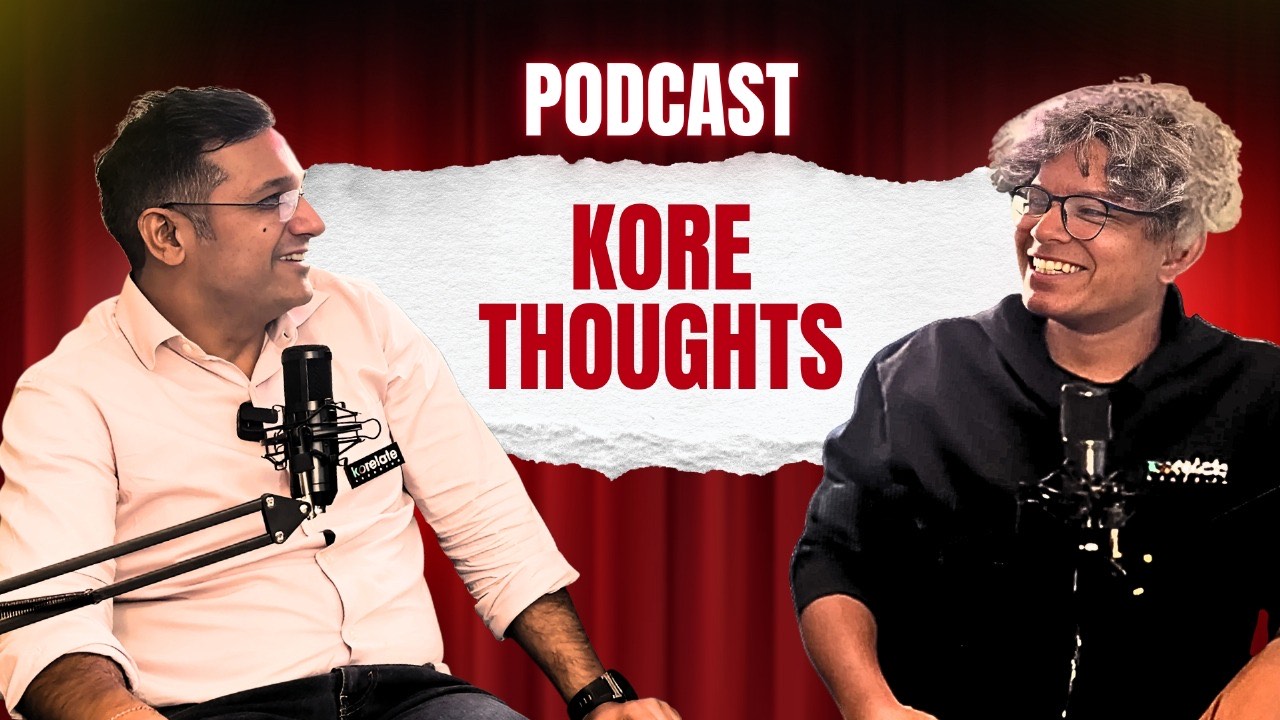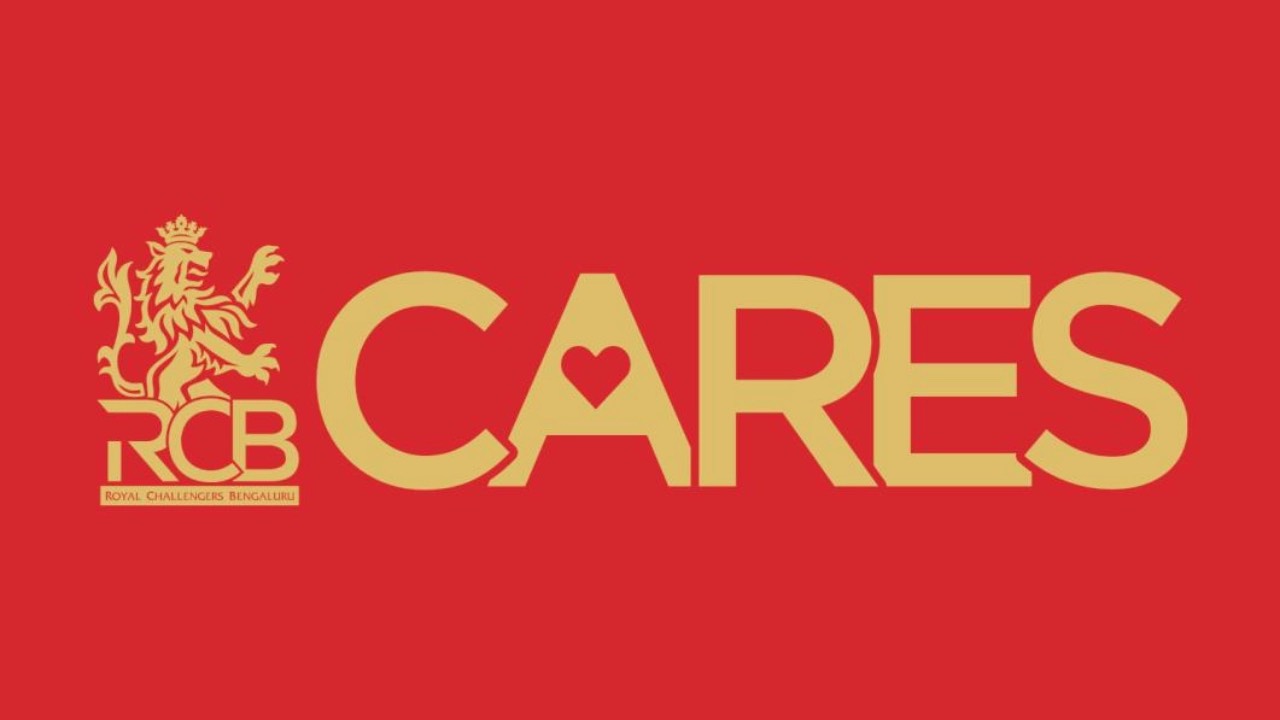In today’s fast-paced work culture, productivity isn’t just about meeting deadlines or hitting performance targets, it’s about creating a workplace where collaboration, trust, and communication thrives. One of the most effective ways to build such an environment is through team-building activities.
As the legendary basketball legend Michael Jordan once said,
“Talent wins games, but teamwork and intelligence win championships.”
This famous quote perfectly captures the value of teamwork in the professional world. Even the most skilled individuals can only achieve so much on their own, but when they work together towards a shared vision, the results can be extraordinary.
1.Strengthening Communication and Collaboration
Effective communication is the foundation of every successful team. However, in many workplaces, communication barriers arise due to hierarchy, personality differences, or even remote work challenges. Team-building activities break down these barriers by encouraging open dialogue in a relaxed and fun environment.
Activities like problem-solving challenges, interactive games, or group brainstorming exercises encourage employees to listen to one another, share ideas, and think collectively. When colleagues learn to communicate better outside of work tasks, they naturally carry that skill back into their professional interactions, resulting in smoother collaboration and fewer misunderstandings.
2.Building Trust and Strengthening Relationships
Trust is not built overnight,it develops through shared experiences and mutual understanding. Team-building exercises create opportunities for coworkers to see each other in a new light, beyond their job titles. Whether it’s working together in an escape room, participating in a charity activity, or collaborating on a creative challenge, these activities help employees build genuine connections.
When people trust each other, they’re more likely to share feedback honestly, distribute tasks efficiently and rely on one another during challenging projects. A team that trusts is a team that performs.
3.Boosting Morale and Motivation
Work can occasionally feel routine or stressful. Team-building activities bring energy and optimism into the workplace, reminding employees that their organization values them as individuals, not just as employees. Fun, engaging sessions like outdoor challenges, trivia competitions or creative workshops can re-energize teams and renew their enthusiasm for work.
A motivated team is a productive team. When employees feel appreciated, connected, and happy, they tend to show greater commitment, creativity, and overall performance.
4.Encouraging Innovation and Problem-Solving
Productivity isn’t just about working harder—it’s about working smarter. Team-building activities often involve tackling brain teasers, strategizing, or solving simulated challenges, which encourages innovative thinking. These exercises strengthen problem-solving skills and foster a mindset that embraces experimentation and adaptability.
Employees who are accustomed to using their creativity in team-building exercises are more likely to apply the same creative approach to actual circumstances at work, leading to better solutions and stronger results.
5.Enhancing Company Culture
A company’s culture influences how its people interact, grow, and excel together. Regular team-building activities create a culture of inclusivity and positivity by prioritizing collaboration over competition. They give employees a feeling that they are a part of a larger group of people who are all working toward the same objective.
Organizations that invest in team building see stronger retention rates, reduced workplace stress, and an overall sense of belonging among employees. Hence, long-term success and group production are fostered by this sense of solidarity.
As an instance from personal experience, I can recall a specific workshop that happened last month, in which participants from several departments were present, the majority of whom were strangers. At the beginning, the atmosphere felt a bit stiff, people kept to themselves and interaction was minimal. But as the activities unfolded, barriers started breaking down. Laughter, teamwork, and genuine conversations took over. By the end of the workshop, they were not just collaborating effectively but also forming real connections that carried over into their daily work environment.
Conclusion
In conclusion, Team-building isn’t just a “nice-to-have” element of corporate culture, it’s a strategic investment in productivity and performance. When carried out effectively, these activities create stronger bonds, improve communication, and develop a sense of trust and motivation that carries directly into the workplace.
After all, productivity isn’t powered by machines or metrics, it’s powered by people. And when people work well together, they can achieve anything.

Kanak is the Client Success Advisor and Marketing Manager at Korelate Learning, where she blends strategy, creativity, and empathy to craft impactful client and brand experiences. With a keen understanding of people and performance, she ensures every engagement delivers value and meaning — for clients, teams, and learners alike. Known for her energy, collaboration, and heart-led approach, Kanak brings both strategy and soul to everything she does. Outside of work, she finds joy in sports, travel, and discovering new ways to bring people together.
Looking to develop the leadership talent in your organization? Let Korelate Learning help with one of several customized leadership development workshops. Whether it is helping improve business communication or inculcating a growth mindset, these leadership workshops are designed to unlock and unleash the leadership potential of your people. Contact us now!






